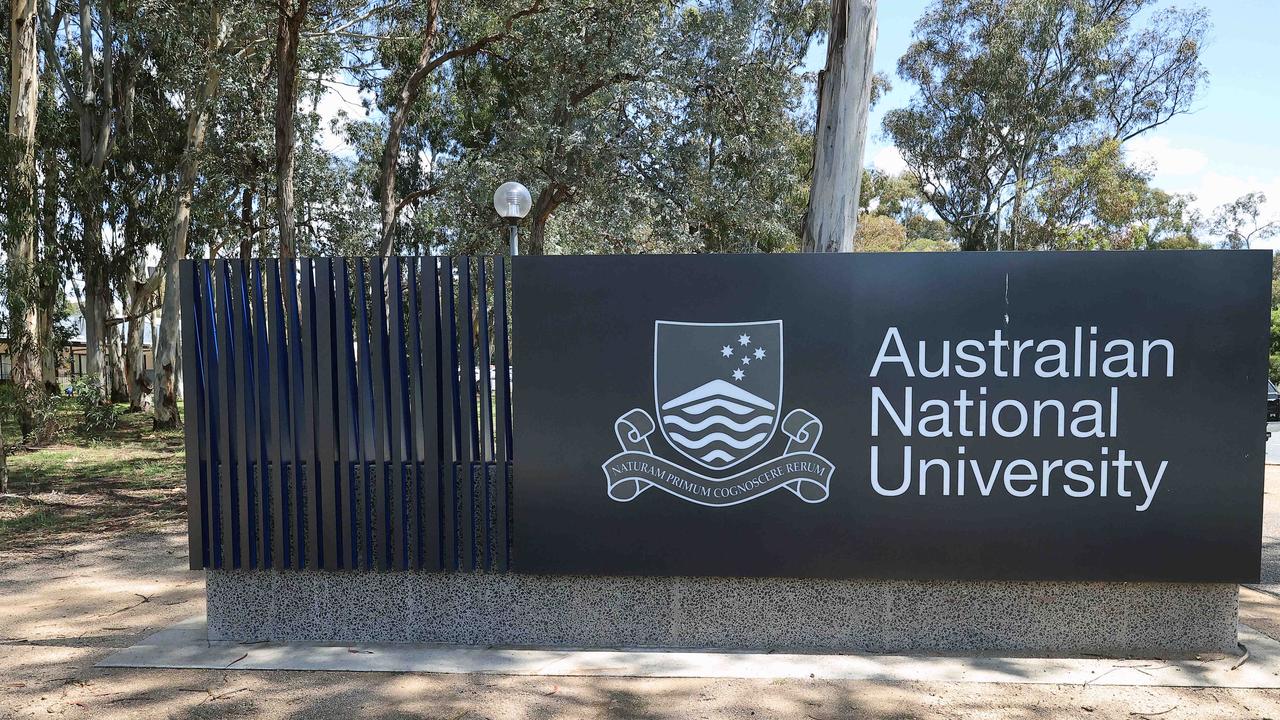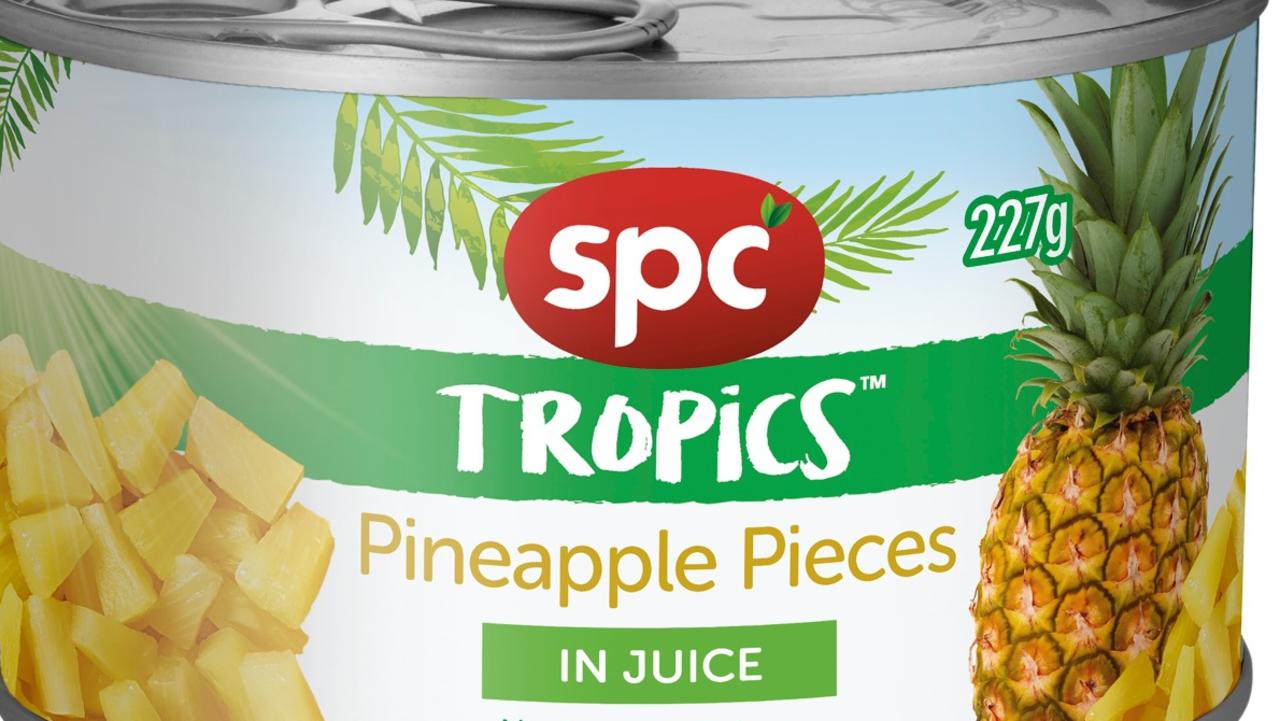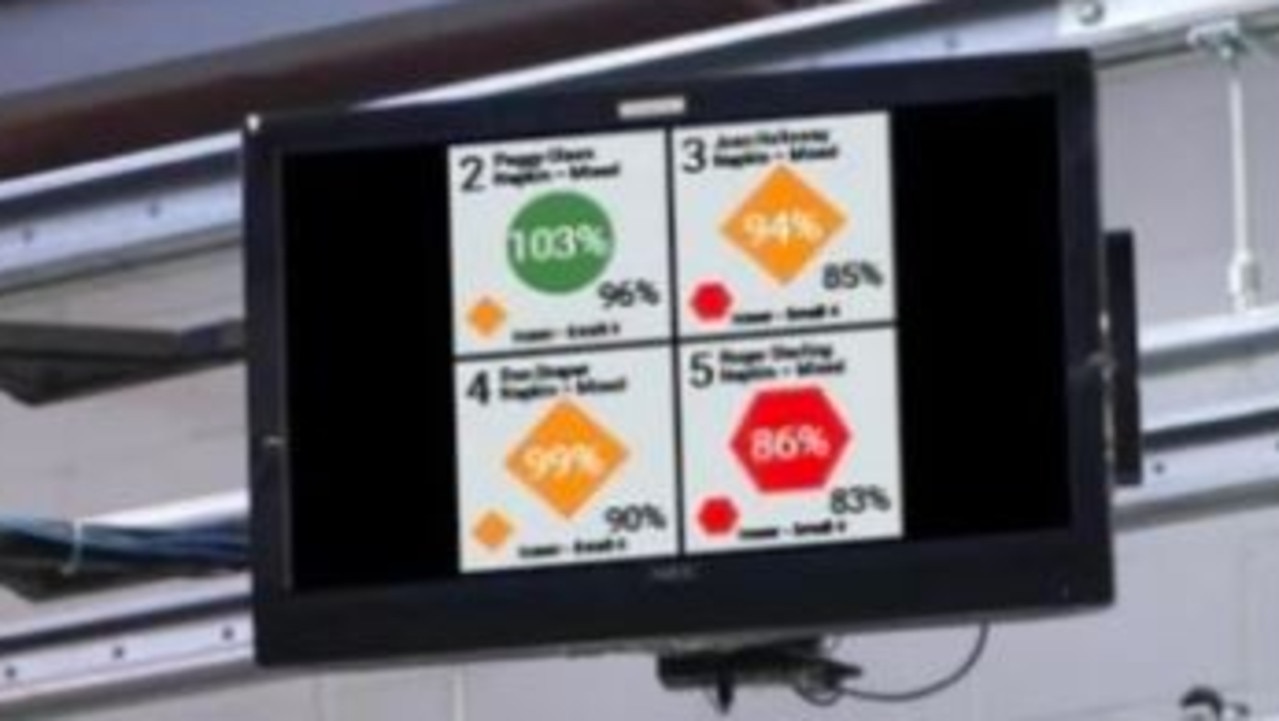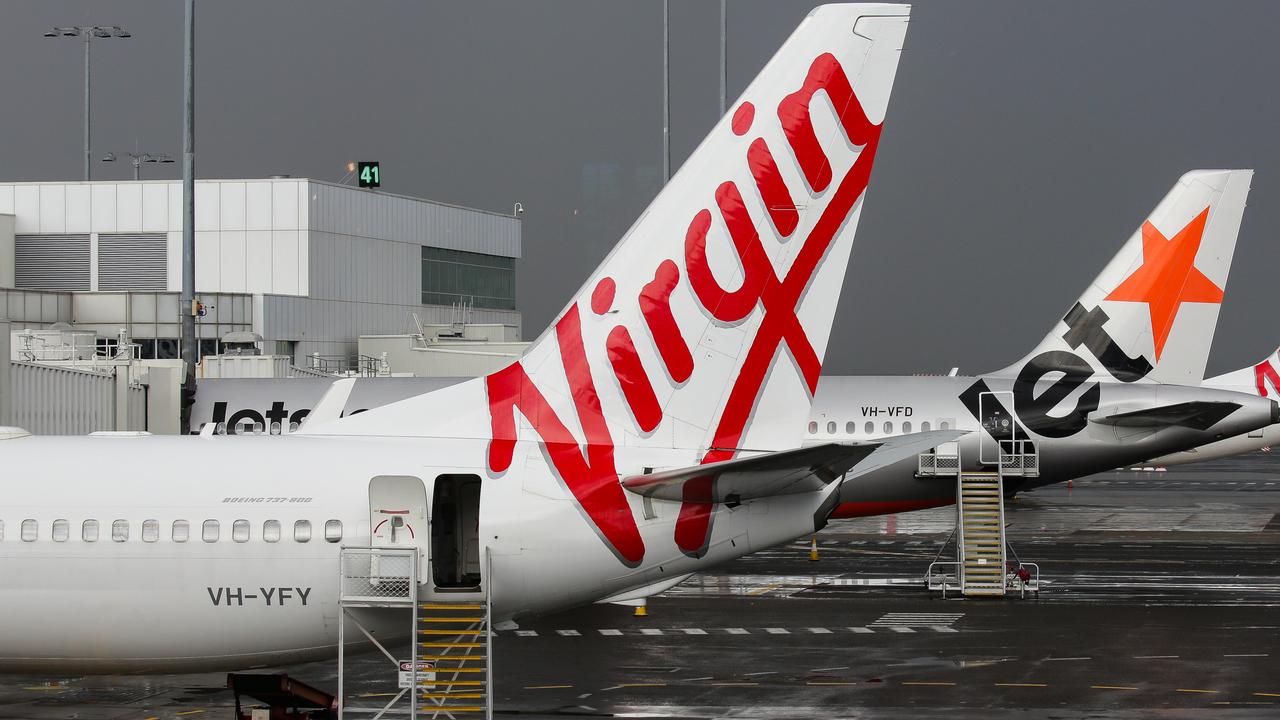Australia enters per-capita recession despite GDP growth beating forecasts
Fresh data shows the Australian economy is slowing under the weight of high interest rates, with population growth staving off a recession.
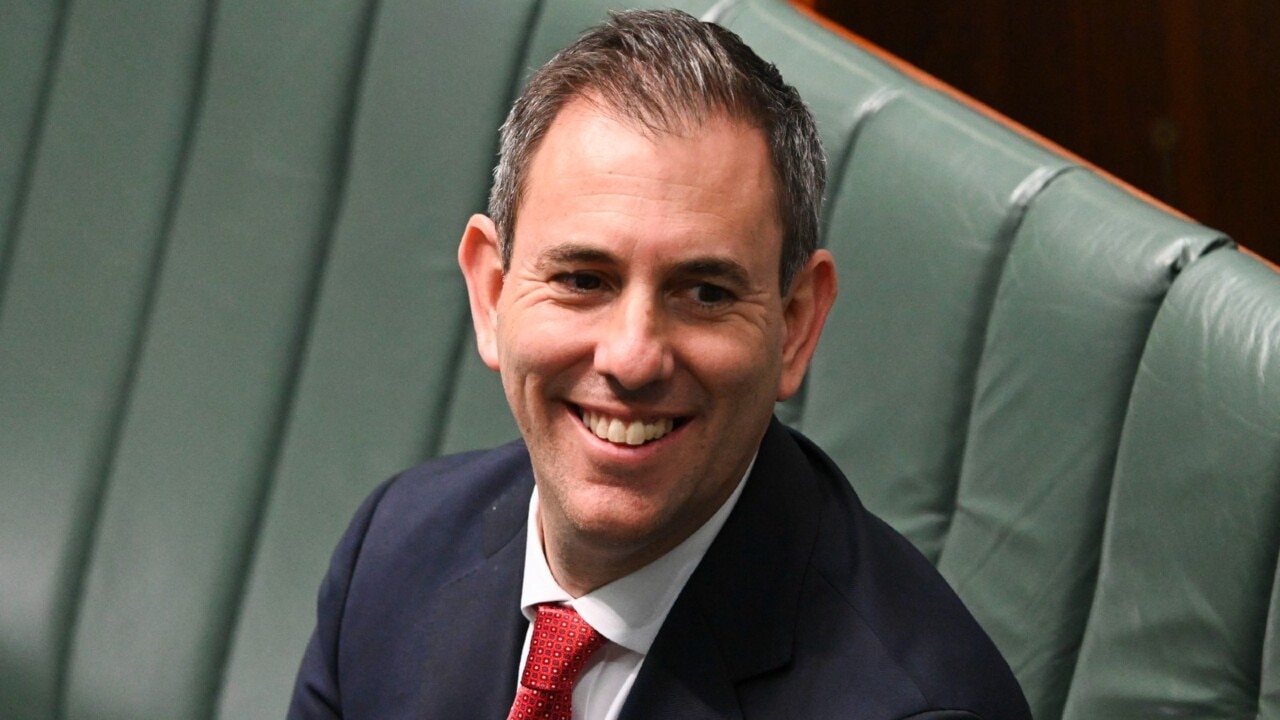
Business Breaking News
Don't miss out on the headlines from Business Breaking News. Followed categories will be added to My News.
Soaring population growth has staved off a recession after faltering household spending and weakened productivity dragged down the Australian economy over the June quarter.
The economy expanded by 0.4 per cent in the three months to June, just above expectations, according to new National Accounts figures released by the Australian Bureau of Statistics on Wednesday.
Economists had forecast an increase of 0.3 per cent for the June quarter.
After accounting for the a jump in population of more than 600,000 due to the country’s soaring migration intake, real GDP on a per capita basis fell by 0.3 per cent.
This is the second consecutive quarter that this figure fell, marking the beginning of a ‘per capita recession’.
The annual growth rate fell from an upwardly revised 2.4 per cent to 2.1 per cent, as persistent price pressures and high interest rates acted as a handbrake on economic activity. Growth is expected to slow even further in the months ahead.
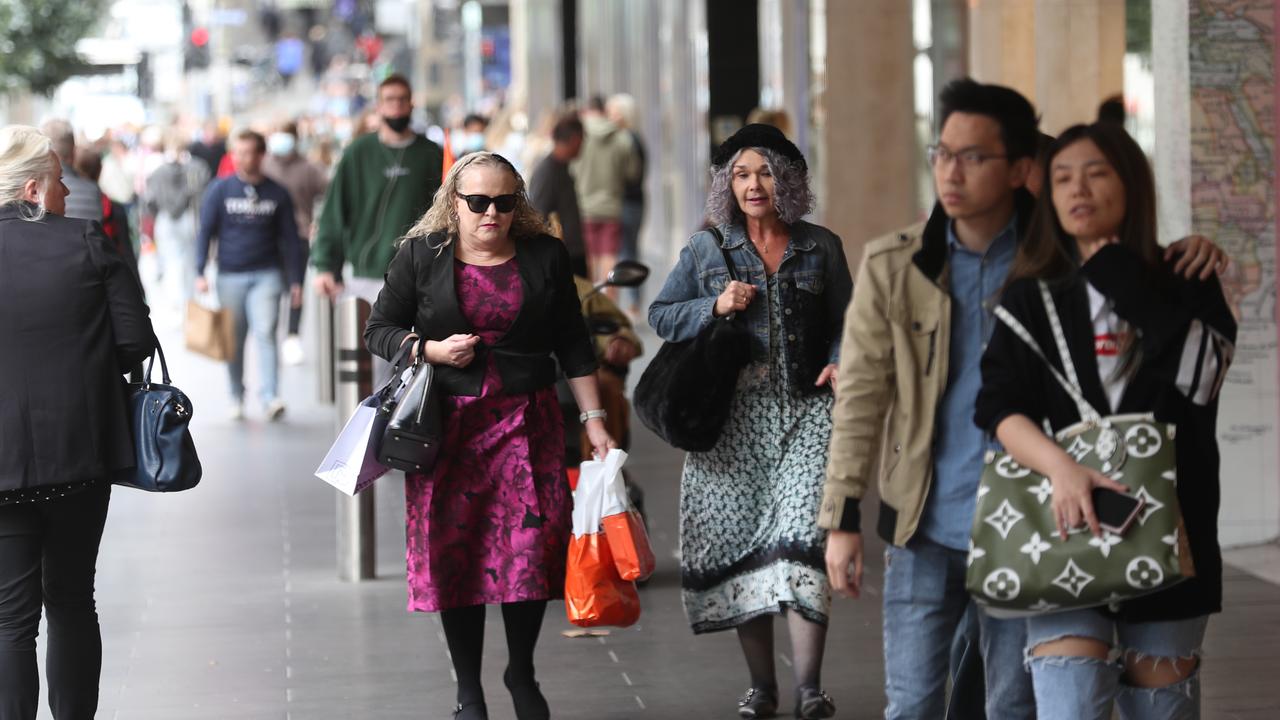
As the Reserve Bank’s efforts to dampen demand washed through the economy, household consumption scraped ahead by just 0.1 per cent, down from 0.3 per cent in March.
Higher borrowing costs are pushing down spending on non-essential purchases, according to the figures.
Discretionary consumption contracted for the second consecutive quarter, down 0.5 per cent in June.
High inflation meant Australians were forced to dip into their saving reserves. The households savings ratio fell from 3.6 per cent to 3.2 per cent, the lowest level since the global financial crisis in 2008.
The above-forecast GDP figures were driven by stronger business investment as firms looked to take advantage of soon-to-expire tax incentives, and a rebound in net-exports aided by a rise in inbound tourism and international education.
Treasurer Jim Chalmers labelled the result as a “steady and a sturdy result in difficult circumstances.”
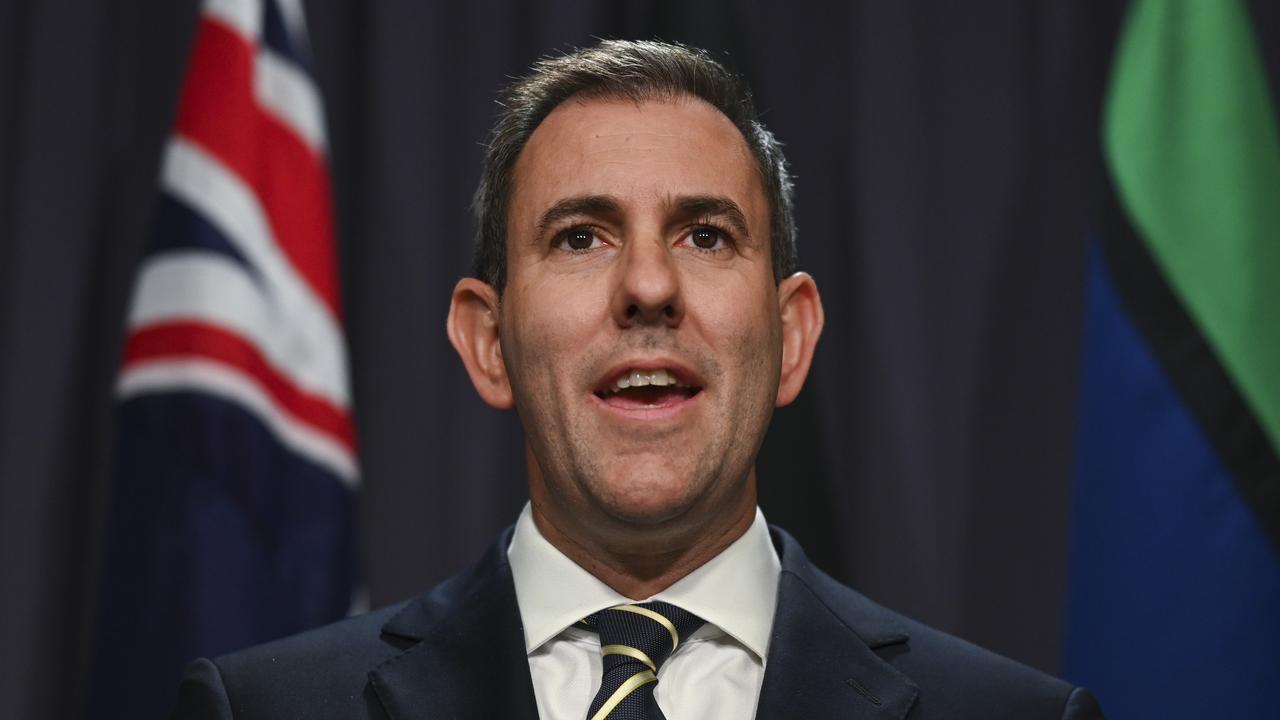
“We are real thing about the challenges in the 12 months ahead, but we are optimistic about the future of our economy and our country,” Dr Chalmers told reporters in Canberra.
“We face these challenges from a genuinely enviable position. We have an unemployment rate with a three in front of it still, remarkably, (and) wages growing around their fastest pace in a decade,” he said.
However, opposition treasury spokesman Angus Taylor argued that while the country was experiencing a per-capita recession, the government “is distracted, that has the wrong priorities.”
“[The government] is focused on knocking competitors out of critical markets, driving up the price of airline fares. This is exactly the opposite of what we need right now,” Mr Taylor said, referring to the government’s decision to block Qatar Airways increased flight capacity.

While the growth figures were stronger than anticipated, economists did not expect it to change the inflation outlook for the RBA.
“Provided overall economic growth remains subdued … and inflation continues to trend lower, the RBA has likely finished raising interest rates this cycle – with rates cuts likely by mid-2024,” Betashares chief economist David Bassanese said.
But Mr Bassanese cautioned that new infrastructure programs from state and federal governments risked embedding inflationary pressures after public investment spending rose by 5.5 per cent in the June quarter.
“The present timing of this public investment boom is unfortunate – as it runs contrary to the RBA’s efforts to slow the economy and bring down inflation,” Mr Bassanese added.
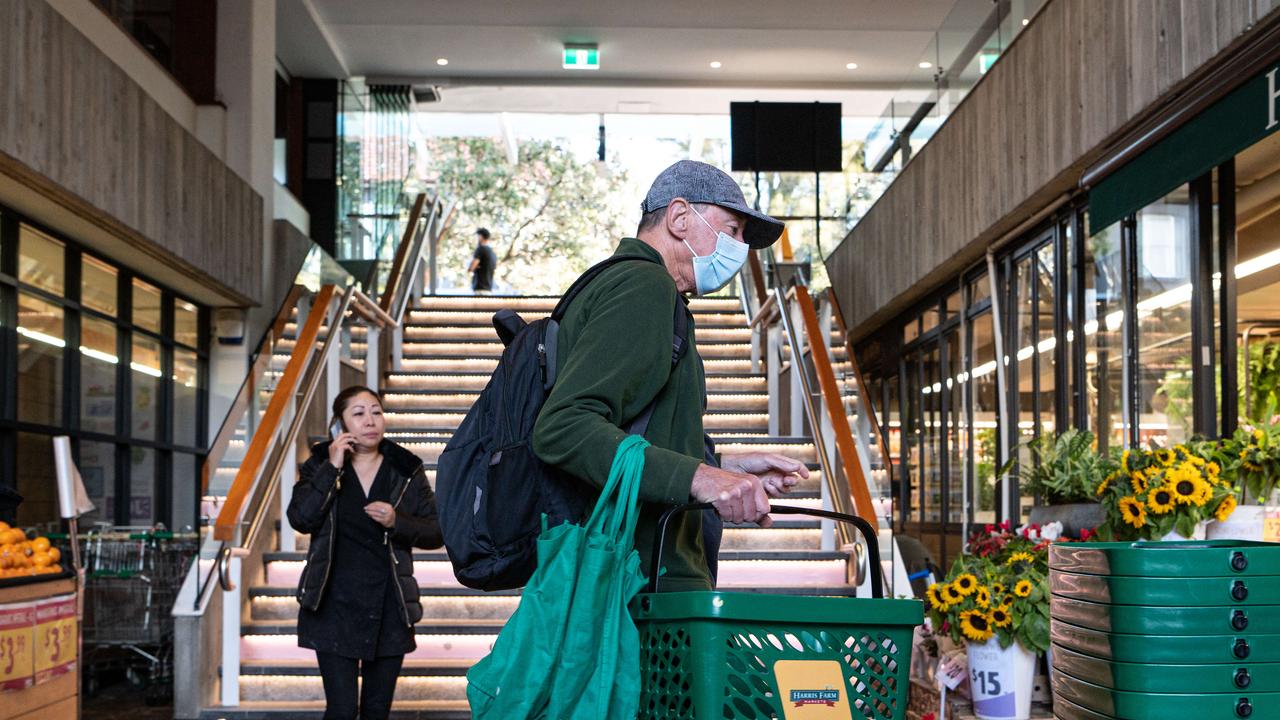
Wages growth, which the RBA previously cautioned could inflame inflationary pressures without corresponding productivity gains, remained strong, with compensation of employees rising by 9.6 per cent through the year to June.
But the ABS measure for labour productivity, output per hours worked, fell 2.0 per cent in the June quarter and by 3.5 per cent over the past year bringing productivity to the lowest level since March 2016.
In a note, NAB economists labelled Australia’s anaemic productivity growth rates as “unhelpful”, but claimed that higher wages growth would not force the RBA to lift rates.
“Broader wage and labour cost growth measures continue to track at higher rates than pre-pandemic but do not appear excessive,” the note read.
Originally published as Australia enters per-capita recession despite GDP growth beating forecasts

